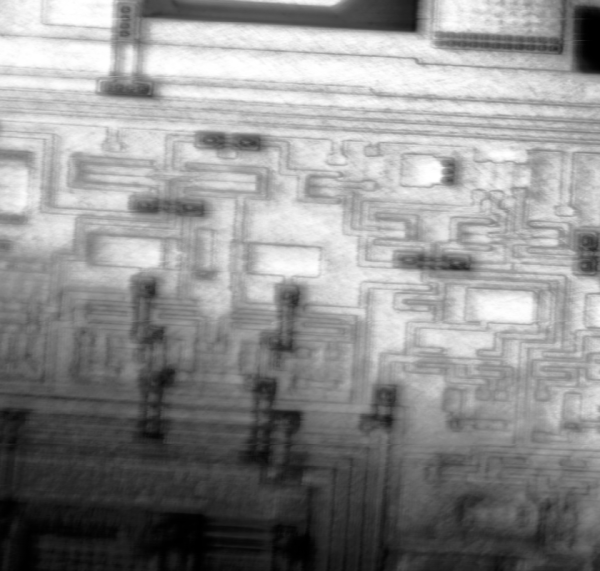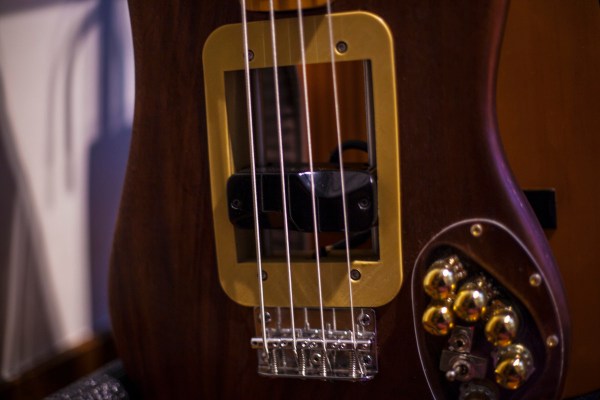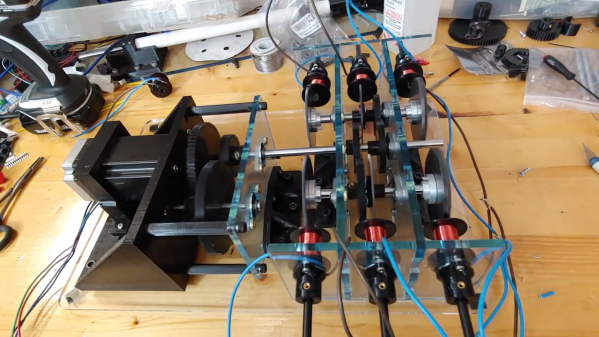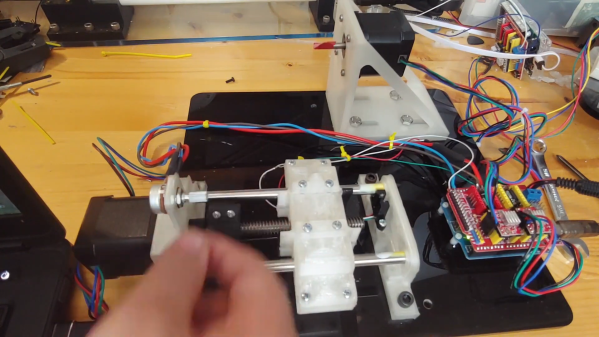We’ve all built projects that are a rats’ nest of wiring and feature creep, but the best projects in the end are usually those that use a simple solution to elegantly solve a problem. [Kauz] had been thinking about a unique type of electric guitar pickup for a while and rather than purchase an expensive option or build a complex microcontroller-based system he found his elegant solution in the form of a common electronic component.
The core of this idea is that guitar pickups are essentially coils of wire, and are surprisingly similar to the coils of wire found in electromechanical relays. [Kauz] has used six small relays, left them unmodified, and then built an amplifier circuit for each to allow the vibrations of the guitar strings to resonate in the relay coils, eventually producing a sound. Not only do the relays work perfectly well as pickups, but [Kauz] also created a mixing board that allows the six relays to be combined into two channels, allowing for options like stereo sound for different strings directly out of the guitar or for different effects to be applied to different strings.
The build also allows for some interesting options in future versions as well. [Kauz]’s plans are eventually to build this into an instrument which can output polyphonic MIDI signals, where various strings can behave as different instruments. In theory, with six circuits six different instruments can be produced, and we’re excited to see what the next versions will look and sound like. In the meantime, be sure to check out some other guitar pickups we’ve seen that use even simpler parts found lying around the workbench.
Continue reading “2025 Component Abuse Challenge: Relay Used As Guitar Pickup”

















